
Very near to where we are staying, we found a very nice beach. The water wasn’t warm enough to swim, for me, but it was warmer than the Pacific Ocean on the Oregon Coast. We did see some people in the water, enjoying a sunny day by the sea.


Further up the coast, we took a two hour guided horseback ride at Änggårde B&B near Ronehamn. The B&B offers rooms and horseback riding.
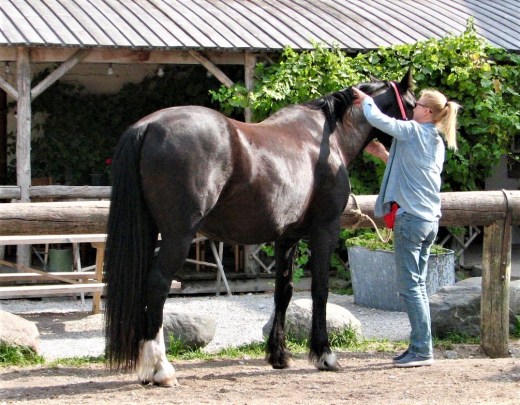
Brushing Pinjo before the ride.
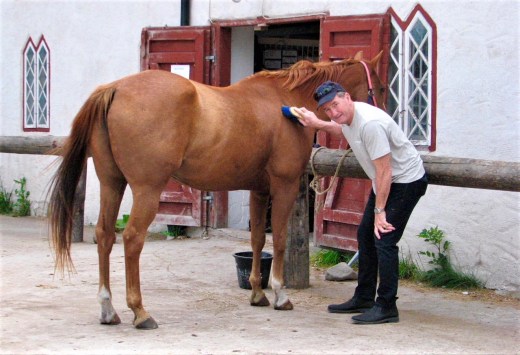
Prepping Whatson.

It was quite pleasant. I chose Pinjo as my ride for the day. We rode through fields and a forest out to the Baltic.





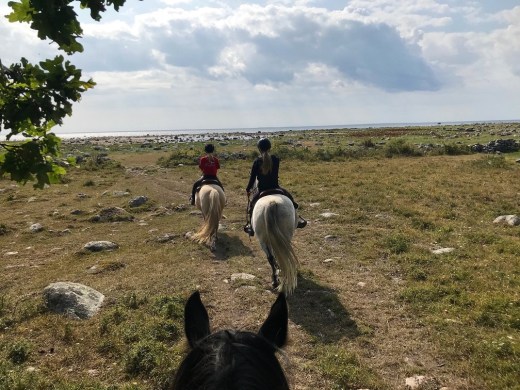
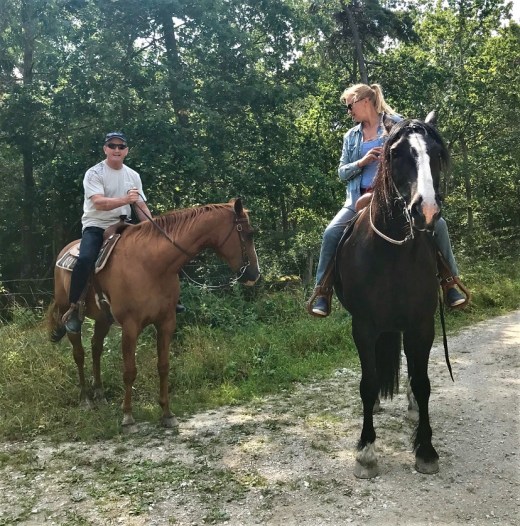
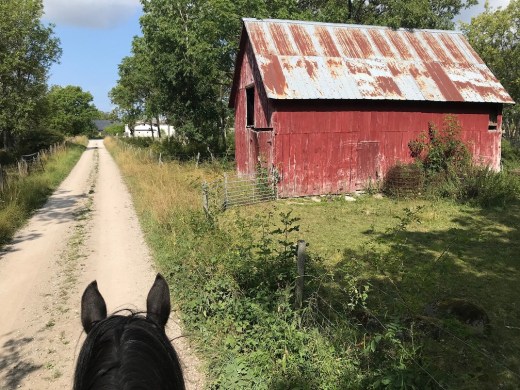
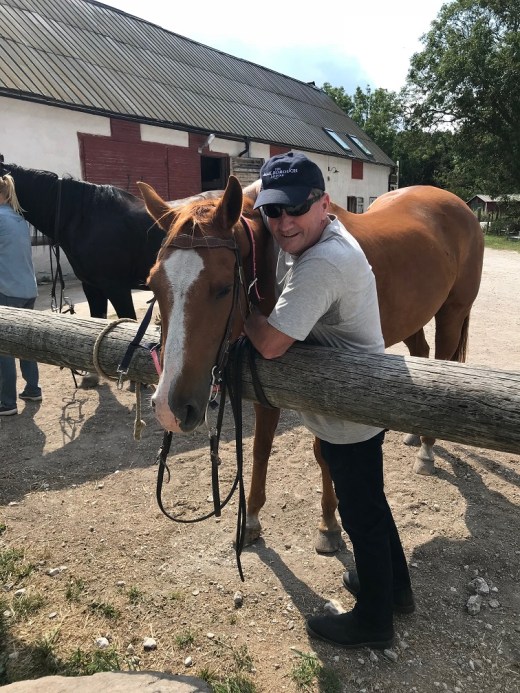
Post ride hug, thanks Whatson.

Clean up after the ride.
We have seen many farms with horses, but it was a highlight for me to pass a field with Fjordling ponies. I have seen these horses all over Norway, but they are not common in other areas. These were mares and their babies.
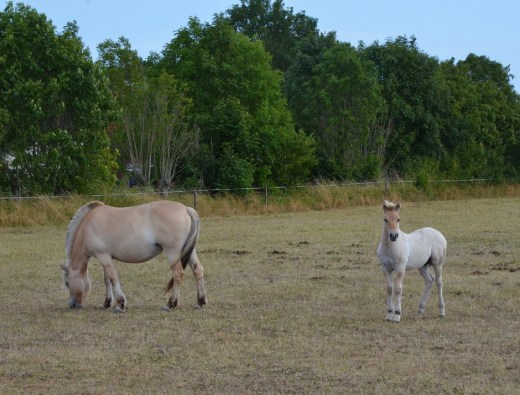


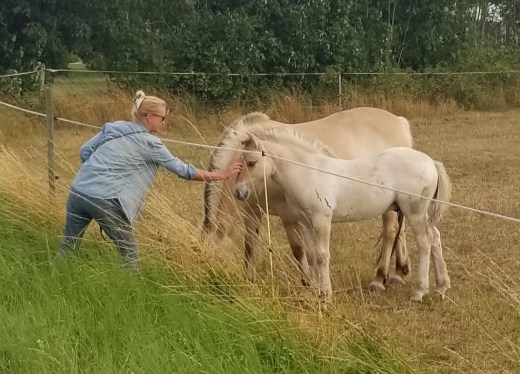
When I first heard of the wild Gotland ponies, I thought they were all over the island. It turns out that the wild ponies are in a protected area called Russpark. Russ is the name of the specific Gotland pony breed.

From the website lojstahedrussen.se
The Gotland Pony is the only domestic living Swedish pony remaining and it has been classified as an endangered breed by the European Union. The breed is noted for its diligence and well rounded capacity. It’s used in several disciplines, both for riding and driving sports, especially in pony trotting, where it has become recognized for its natural talent. A grand total of approximately 6000 ponies exists world wide.
On Lojsta hed, Gotland, a Swedish island located in the Baltic Sea, a herd of wild Gotland Ponies lives, like their ancestors have done for centuries. The herd consists of approximately 50 mares, and when the foals are born in the spring, the population increases to approximately 80. During the breeding season only one stallion is used in the herd to control the breeding lines. The selected stallion is brought to the herd in May/June and removed in the fall.
The ponies in the herd are jointly owned by approximately 15 Gotland families and Gotlands hushallningssallskap (Gotland Agricultural Society). The aim and objective for the non profit organization is to demonstrate and maintain the breed in its natural habitat.
Historically these ponies were not domesticated and roamed free in the forest regions, which meant they had to find their food wherever they could. Findings/remnants, dating back to the Iron Age, have been discovered at Vallhagar, just a few kilometers from Lojsta, which confirms the early presence and tradition of the horse on the island. Prosperity of the wild ponies was present in the Gotland forests up until the middle of the 1800’s. After that the population was almost reduced to extinction in the beginning of the 1900’s. A group of local Gotland farmers took the initiative to preserve the lasting part of this ancient horse breed. In the beginning of the 1900th century they dedicated a specific area for them at Lojsta. The remaining wild pony population fragments were moved to Lojsta hed which now consists of 650 hectares of fenced-in land divided into three sectors. The ponies’ natural wild diet is supplemented with hay during the winter months, but it is sufficient during the rest of the year. Five times a year the ponies are rounded up using the old methods of searching lines, where people herd them up by foot. These are public events and are carried out at the following times during the year:
– In May/April and December for hoof care and management
– In May/June when the stallion of the season is released in the herd
– In July for the Studbook inspection and registration of the foals and mares
– In November when the foals are separated from the herd and sold. At this time the foals are chip marked and branded with numbers on their neck to verify that they are born at Lojsta hed. Selling the foals preserves the wealth of the remaining mares in the forest.
Our first attempt at finding the ponies was unsuccessful. But we tried again, earlier in the morning. We arrived at Russpark at 0920 am, and were the only car in the car park.

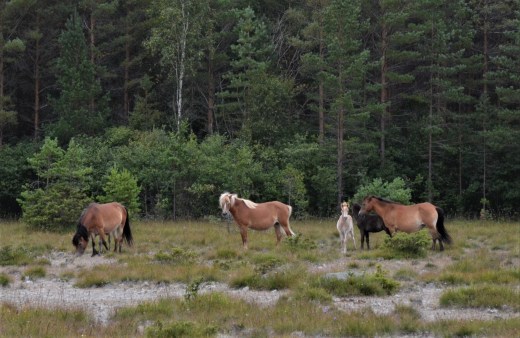
We walked into the reserve and spotted 6 ponies in an open area. As we watched them, they headed into the more densely wooded area. We followed, but it wasn’t easy. We got a bit closer and could hear them better than see them. We were happy just to have seen them at all.


One of the foals.

One of the mares.
Another website with Gotland pony information:
http://norsehorsepark.com/gotland.html
Enjoyed reading about Russ ponies
history and how they managed the
herd. Ever since we talk about staying
on Gotland and I had read that the wild
ponies were there I had wanted to see
them, but since we didn’t your pics are
the next best thing. Glad you were able to
find them🐴
How nice! Beach is gorgeous, but horses, they are very beautiful. My granddaughter loves horseback riding very much! Thank You.
Have a good day!
Thank you. We are very much enjoying this trip.
Beautiful pictures! Loved the horses!